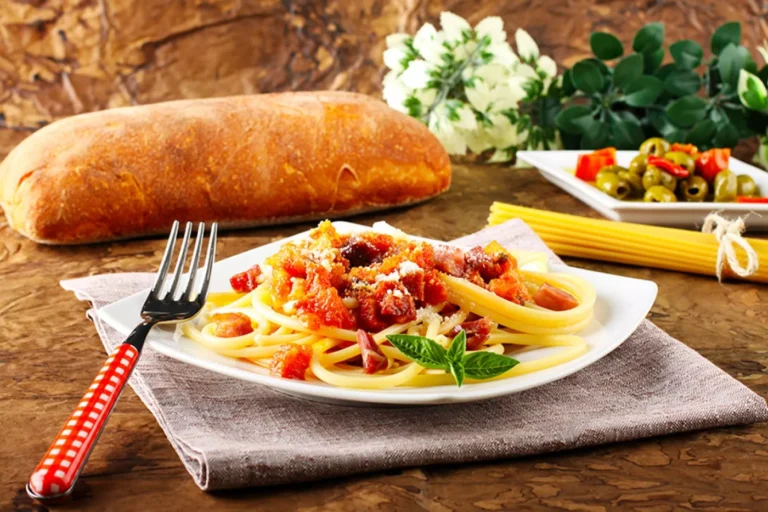Introduction: The Fascinating World of Italian Regional Cuisine
Italian cuisine is renowned for its rich diversity and regional traditions. With over 20 regions, each with its unique culinary culture, Italy offers a vast array of flavors, ingredients, and dishes. From the sweet and delicate flavors of Sicilian cannoli to the hearty and robust dishes of Piedmont, Italian regional cuisine is a testament to the country’s rich history, geography, and culture. In this article, we will explore the fascinating world of Italian cuisine and how regional traditions have influenced modern Italian cooking.
Exploring the Diverse Italian Regions and their Culinary Traditions
To truly appreciate Italian cuisine, one must delve into its regional variations. From the north to the south, each region boasts a unique culinary identity shaped by its geography, climate, and history. For instance, the northern regions of Lombardy and Piedmont are renowned for their rich dairy products, such as butter, cream, and cheese. In contrast, the southern regions of Campania and Apulia are famous for their sun-ripened tomatoes, olive oil, and fresh seafood.
The Influence of Geography, Climate, and History on Italian Cuisine
The diverse geography and climate of Italy have played a significant role in shaping its culinary traditions. The northern regions, with their colder climates and mountainous terrain, have developed hearty and comforting dishes such as stews, soups, and pasta dishes with rich meat sauces. In contrast, the southern regions, with their sunny and warm climate, have embraced fresh and light flavors, such as fish, vegetables, and citrus fruits.
History has also played a significant role in shaping Italian cuisine. The many invasions and conquests that Italy has faced over time have left their mark on the country’s food. For instance, the Arab influence in Sicily is evident in the use of spices such as saffron, cinnamon, and cloves in local dishes such as couscous and caponata.
Regional Recipes: From Classic Dishes to Local Delicacies
Each Italian region has its classic dishes and local delicacies that are a testament to its culinary heritage. Tuscan cuisine, for instance, is known for its simple yet flavorful dishes such as ribollita, a hearty vegetable soup, and bistecca alla fiorentina, a thick and juicy steak. In contrast, Venetian cuisine is famous for its seafood dishes such as risotto di pesce, a creamy rice dish with a variety of fish and shellfish.
The Role of Regional Ingredients and Seasonality in Italian Cuisine
Regional ingredients and seasonality are crucial factors in Italian cuisine. Every region boasts its unique ingredients and local produce that are used in traditional dishes. For instance, the Piedmont region is famous for its rich and creamy cheeses such as gorgonzola and fontina, which are used in many local dishes. Similarly, the Amalfi coast is known for its lemons, which are used in limoncello liqueur, as well as in local seafood dishes.
Conclusion: How Italian Regional Traditions Have Shaped the Modern Culinary Scene
Italian regional cuisine is an endless source of inspiration for modern Italian cooking. The regional traditions, ingredients, and recipes have been passed down from generation to generation, shaping the country’s culinary identity. Today, Italian cuisine is celebrated all over the world, and many chefs have embraced regional traditions in their cooking. From classic dishes to local delicacies, Italian regional cuisine remains a fascinating and delicious exploration of Italy’s rich cultural heritage.

